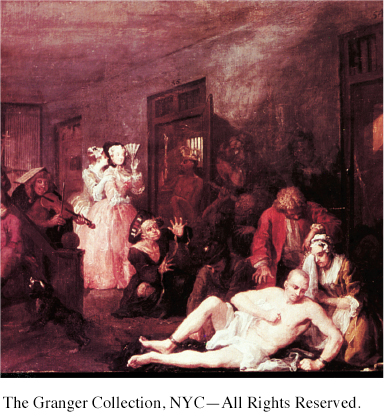14.1 Treating Psychological Disorders
LOQ LearningObjectiveQuestion
14-

The long history of efforts to treat psychological disorders has included a strange mix of methods, harsh and gentle. Would-

The transition to gentler methods began when reformers such as Philippe Pinel (1745–
Modern Western therapies fall into two main categories.
psychotherapy treatment involving psychological techniques; consists of interactions between a trained therapist and someone seeking to overcome psychological difficulties or achieve personal growth.
In psychotherapy, a trained therapist uses psychological techniques to assist someone seeking to overcome difficulties or achieve personal growth. The therapist may explore a client’s early relationships, encourage the client to adopt new ways of thinking, or coach the client in replacing old behaviors with new ones.
biomedical therapy prescribed medications or procedures that act directly on the person’s physiology.
Biomedical therapy offers medications or other biological treatments. For example, a person with severe depression may receive antidepressants, electroconvulsive shock therapy (ECT), or deep brain stimulation.
The care provider’s training and expertise, as well as the disorder itself, influence the choice of treatment. Psychotherapy and medication are often combined. Kay Redfield Jamison received psychotherapy in her meetings with her psychiatrist, and she took medications to control her wild mood swings.
Let’s look first at the psychotherapy options for those treated with “talk therapies.”